
- Home
- Workshops / Tours
- Diary / Blog
- Galleries
- Foreign Trips
- Tasmania 2016
- NE Queensland 2016
- Western Alps 2016
- NE Spain 2016
- Australia's Wet Tropics 2015
- Australia's Top End 2015
- SW Australia 2015
- Switzerland 2015
- Andalucia 2015
- Belize 2015
- Australia 2014
- Switzerland 2014
- Belize 2014
- Bahama Islands 2014
- Switzerland 2013
- Ecuador 2012-2013
- Florida 2011-2012
- Vancouver Island 2011
- Australia 2010
- Peru 2008
- Bulgaria 2007
- Lesvos 2006
- California 2006
- New Zealand 2005
- Extremadura 2005
- Goa, India 2004
- The Gambia 2003
Bulgaria
17th-27th June 2007
Trigrad
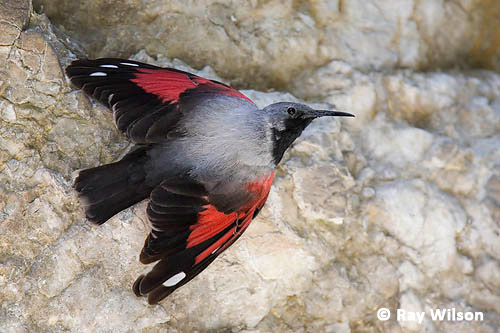
male Wallcreeper (Tichodroma muraria)
The star birds of the trip were undoubtably the pair of Wallcreepers we photographed in Trigrad Gorge. I was fortunate that this year they were nesting in an accessible location only 12m above the road and they performed beautifully over the 3 days we spent there.
 male Wallcreeper (Tichodroma muraria) |

Emil Enchev photographing the Wallcreepers |
Photographing them was, however, not easy. The only time there was enough light for photography in the gorge was between 11 - 2pm when the sun was directly overhead and the light was reflecting off the gravel at the side of the road onto the cliff-face. Even then, we still had to use flash. Also, to get a bit more height and thus a better angle on the birds, we had to balance on top of the crash barrier with our tripods on the roof of the van (see photo above right). Not terribly comfortable, especially with the midday sun beating down on you when the temperature is 39°C in the shade!
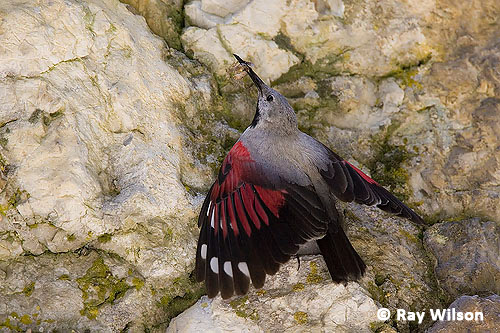
male Wallcreeper (Tichodroma muraria)
Trigrad Gorge is itself a spectacular location. Situated in the Rhodopi mountains close to the border with Greece, the vertical walls of marble rise over 300m (1000ft) from the valley floor and are only about 100m (300ft) apart at it's north end.
 |
 |
Trigrad Gorge

At the top of the gorge, at an elevation of 1450m, sits Trigrad village where we stayed for 3 days.
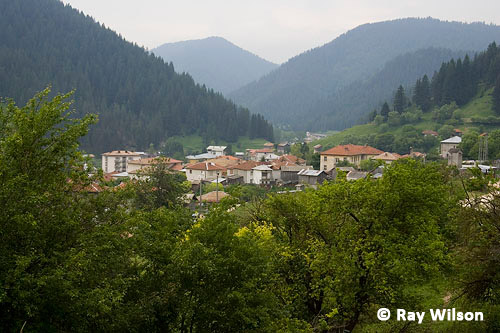
Trigrad village
Around the village, Tree Sparrows and Black Redstarts were common.
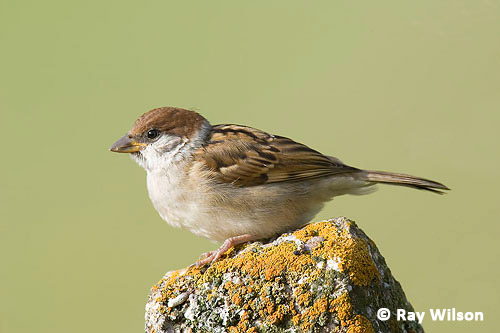
juvenile Tree Sparrow (Passer montanus)
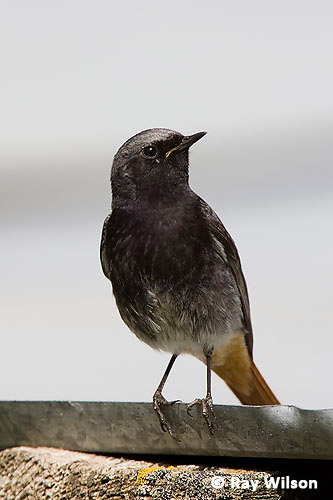
male Black Redstart (Phoenicurus ochruros)
We were joined over the weekend by Michaela Yordanova, a local botanist, and, when not roasting in the midday sun photographing Wallcreepers, our time was spent exploring the numerous alpine meadows looking for flowers and insects.
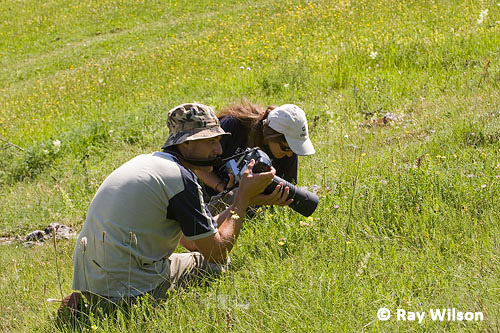
Emil & Michaela photographing flowers

This windswept, arid, rocky meadow was about the last place I expected to find a dragonfly...
female Red-veined Darter (Sympetrum fonscolombii)
Red-veined Darters are strongly migratory, so this individual may have been just passing through.
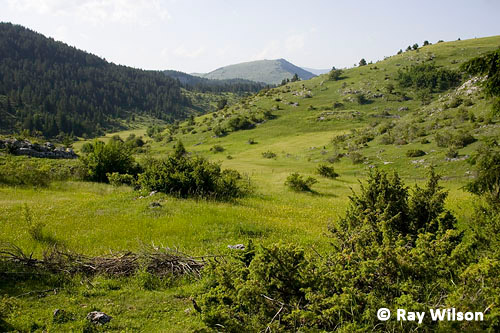
Among the flowers we found was this endemic bluebell-type flower growing out of a rockwall by the roadside on the way up to the adjacent Yagodina valley.
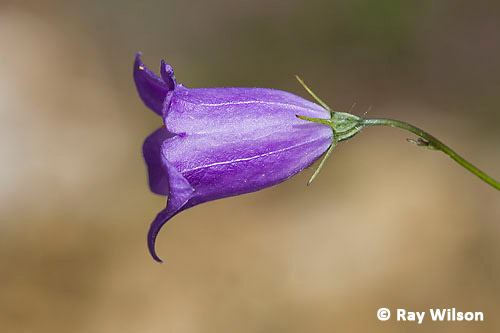
Campanula jordanovii

Yagodina
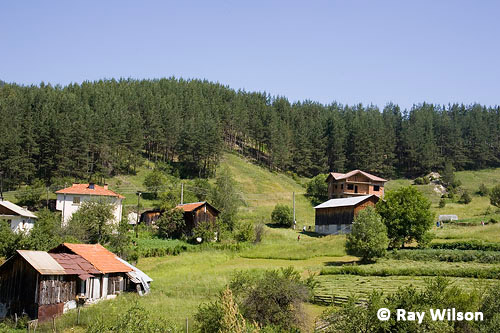
Yagodina
 Honeybee visiting a Filipendula vulgaris flower |

Maiden Pink (Dianthus deltoides) |
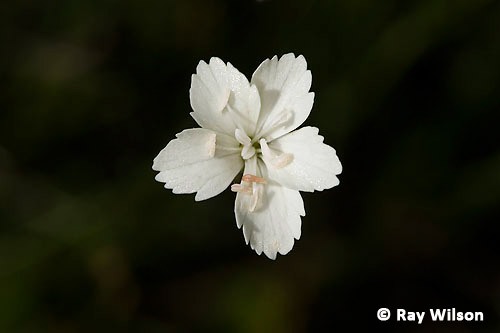
Dianthus petraeus
A large variety of butterflies were present in the meadows...

Scarce Copper (Heodes virgaureae)
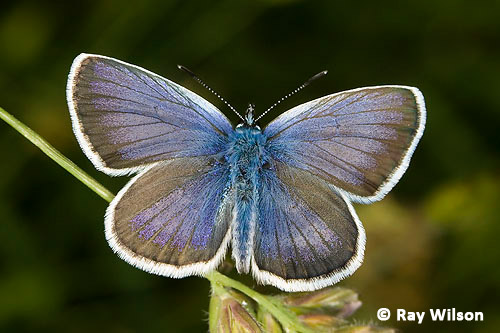
Probably a male Silver-studded Blue (Plebejus argus)

Lesser Spotted Fritillary (Melitaea trivia)
 unidentified Grasshopper |
 mating Black-veined Whites (Aporia crataegi) |
The insect below, although superficially resembling a moth or a butterfly, is in fact a member of the Neuroptera (which includes the antlions and lacewings).
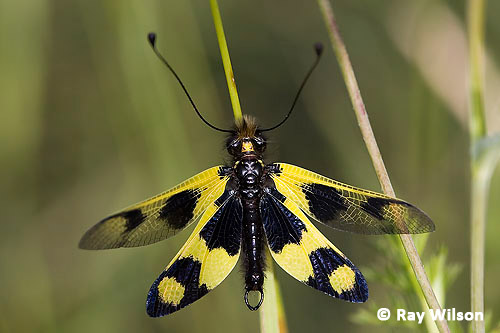
Ascalaphus macaronius
 |
 Viola rhodopeia |
Ray Wilson owns the copyright of all images on this site.
They may not be used or copied in any form without prior written permission.
raywilsonphotography@googlemail.com


